Which is the Best Choice for Investors?
When it comes to investing in precious metals, the age-old question arises: should you choose gold bars or coins? Each has unique benefits, and understanding their differences is essential for building a robust investment portfolio.
There is no wrong answer when choosing between gold bars and coins—both options offer distinct advantages, and the best choice depends on your individual investment goals.
At Stout Gold & Silver, a leading gold dealer, we help investors make informed decisions based on their goals, storage capacities, and future plans. Let’s break down the differences to determine which suits you best.
Understanding Gold Bars

What are gold bars?
Gold bars, often called bullion bars, are refined precious metal ingots stamped with their weight and purity. They are available in a wide range of sizes, from 1 gram up to 400 ounces (London Good Delivery bars). Minted gold bars typically include serial numbers as a security feature to verify authenticity and facilitate resale.
Benefits of investing in gold bars:
- Lower premiums per ounce compared to coins
- Ideal for bulk investments due to their compact stacking
- Simpler design with purity and weight clearly marked
Potential drawbacks:
- Less liquid for small transactions (you cannot easily sell part of a bar)
- May require assay, dealer, or professional verification upon resale, especially for large bars, to ensure authenticity and prevent fraud
Understanding Gold Coins
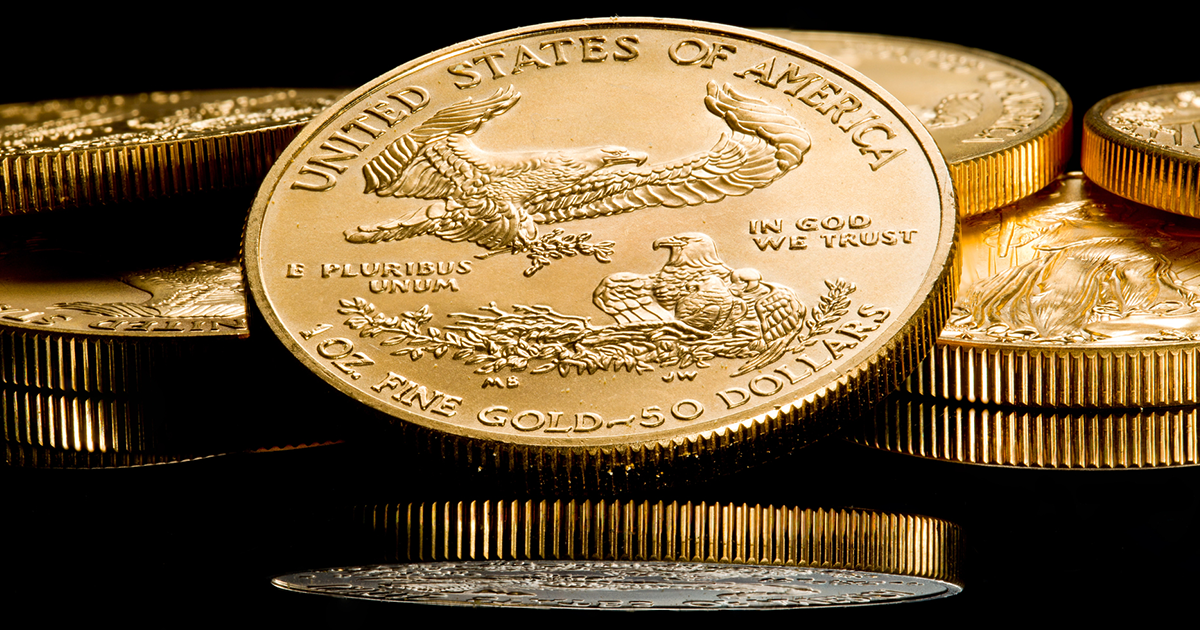
What are gold coins?
Gold coins are government-minted legal tender coins made of gold. Popular examples include the American Gold Eagle, Canadian Maple Leaf, and South African Krugerrand.
Benefits of investing in gold coins:
- Globally recognised with guaranteed purity from sovereign mints
- Easier to liquidate in small amounts
- Some coins carry collector or numismatic value in addition to bullion value
Potential drawbacks:
- Higher premiums per ounce due to minting costs and collectible demand
- Smaller investments per coin, requiring multiple pieces for larger holdings
Exploring Silver Investment Options
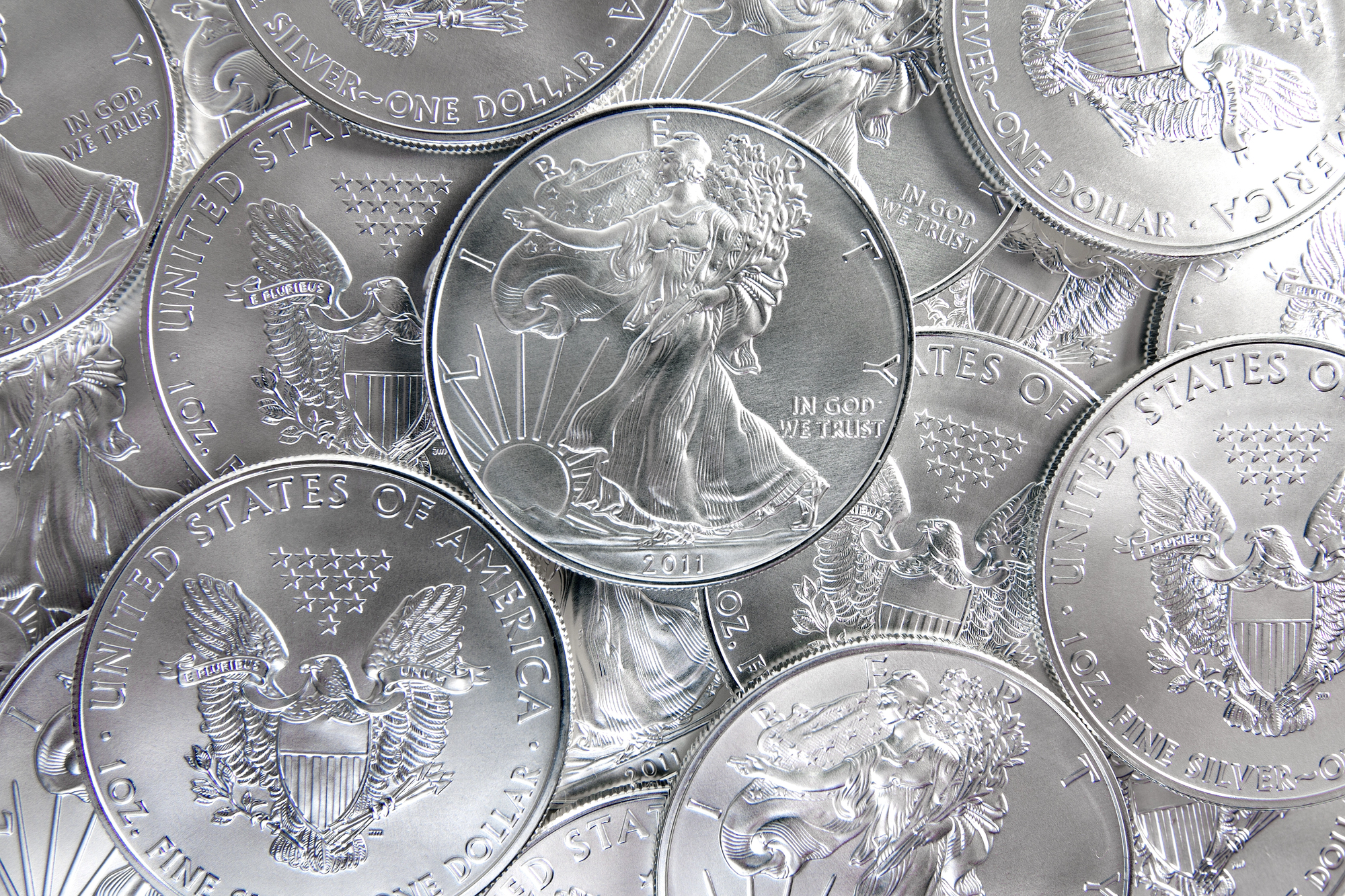
Why consider silver alongside gold?
Silver is an essential component of any well-diversified investment portfolio. As a precious metal, silver offers many benefits that complement gold, especially for investors seeking a reliable investment during times of economic uncertainty. One of silver’s main advantages is its high liquidity—making it easy to buy and sell in various market conditions. Additionally, silver’s lower costs compared to gold make it an accessible entry point for new investors or those looking to expand their holdings without a significant upfront investment. The amount of silver an investor should hold often depends on their net worth, risk tolerance, and investment goals. Silver’s widespread use in industrial applications also supports its long-term value, providing both stability and growth potential. By including silver in your investment portfolio, you can enhance diversification, reduce risk, and take advantage of market opportunities that may arise during periods of economic change.
Types of silver investments available
Investors have a variety of options when it comes to silver investments, each catering to different goals and strategies. Silver coins, such as the American Silver Eagle and Canadian Silver Maple Leaf, are highly sought after for their recognized silver content, liquidity, and ease of trade. These coins are often favored by those who value security and the ability to buy and sell in smaller amounts. Silver bars, on the other hand, are a cost-effective choice for those looking to invest in larger quantities, as they typically come with lower premiums compared to coins. Silver bars and coins are bought and sold in different markets, and factors such as premiums and liquidity can affect how easily they are sold. Beyond coins and bars, other silver products like silver rounds and bullion offer additional flexibility, allowing investors to tailor their silver investment approach to their specific needs. Whether you’re looking for lower premiums, high liquidity, or a mix of both, there’s a silver investment option to match your investment goals.
Comparing silver bars and coins
Choosing between silver bars and silver coins is a key decision for anyone investing in physical silver. Silver bars are often the preferred option for bulk investments, as they offer lower premiums and a more cost-effective way to accumulate large amounts of silver. This makes them ideal for investors focused on maximizing the amount of silver they own for the lowest possible cost. For the same amount of silver content, silver is much more accessible than gold, allowing investors with limited funds to enter the market more easily.
In contrast, silver coins provide greater liquidity and flexibility, making them a popular choice for retail investors who may want to buy and sell smaller amounts as market trends shift. Coins often feature intricate designs and are minted by established dealers, which can result in higher premiums but also add to their appeal and potential investment value. Security silver coins require proper storage to prevent theft, as their ease of trading anonymously makes them particularly vulnerable.
When considering practical aspects, storing silver bars and coins presents unique challenges, including the need for secure storage solutions to protect your investment from damage or theft. Ultimately, the main difference comes down to your investment strategy: bars are best for cost efficiency and large investments, while coins offer many benefits for those seeking high liquidity and the ability to trade in smaller amounts.
Rare and Collectible Coins: A Unique Investment Avenue
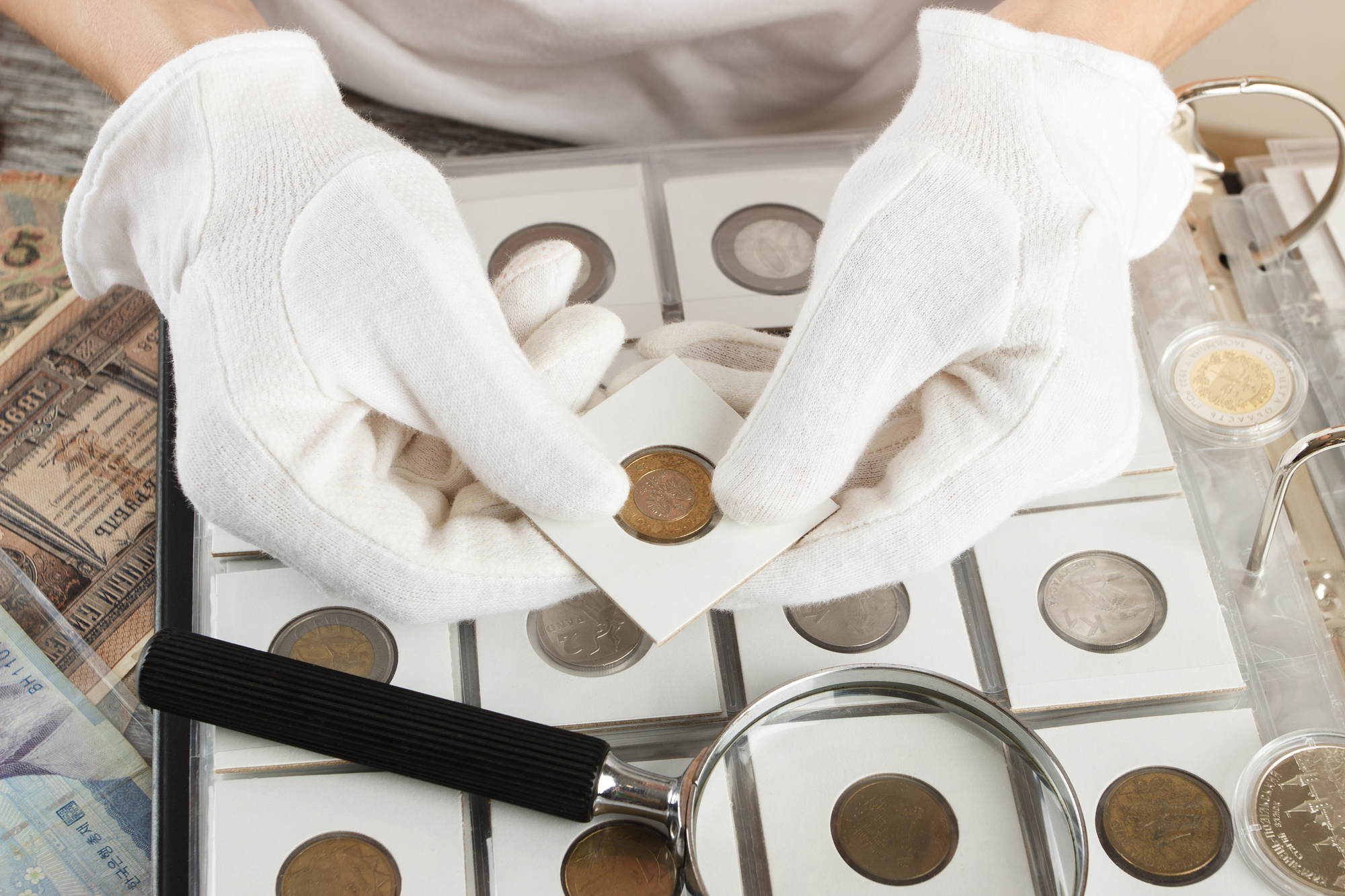
What makes a coin rare orcollectible?
Rare and collectible coins represent a unique and potentially rewarding investment avenue for smart investors willing to embrace greater risk in pursuit of higher returns. The value of a rare coin is determined by several factors, including its rarity, condition, age, and historical significance. Coins with limited mintage, unusual features, or minting errors often command significant premiums and can appreciate in value over time. Additionally, coins that are professionally graded and certified by reputable third-party services offer added assurance of authenticity and quality, which can further enhance their investment value. Investing in rare coins requires careful research and a long-term perspective, as these assets may take time to realize their full potential. However, for investors looking to diversify their portfolio and potentially increase their wealth, rare and collectible coins offer a double edged sword: the opportunity for substantial gains, balanced by the need for expertise and patience in navigating this specialized market.
Investment Value and Market Trends
How do gold bars and coins perform in different market conditions?
Gold bars and coins are essential components of a well-rounded precious metals portfolio, each offering unique advantages depending on the economic climate. During periods of economic uncertainty, gold bars are often seen as a reliable investment, providing a strong hedge against inflation and currency devaluation. Their substantial weight and purity make them a favored choice for investors seeking to preserve wealth over the long term. On the other hand, gold coins offer high liquidity and flexibility, making them easier to buy and sell quickly as market conditions change. Coins are especially useful for smart investors who want to diversify their holdings and maintain access to cash when needed. By including both gold bars and coins in your investment portfolio, you can balance the stability of bars with the liquidity of coins, ensuring your investments remain resilient in a variety of market environments.
Historical price trends and volatility
Over the years, gold has demonstrated a consistent upward trend in value, making it a cornerstone of many investment portfolios. The spot price of gold is influenced by a range of factors, including global economic indicators, geopolitical tensions, and shifts in currency values. For example, during the 2008 financial crisis, gold prices surged as investors sought the safety of precious metals. While gold bars typically track the spot price closely, gold coins—especially rare coins—can experience greater price volatility due to their collectible appeal and limited availability. This means that while both gold bars and coins can enhance your investment value, coins may offer additional opportunities for profit during periods of high demand. Investors should monitor market trends and consider both the stability of gold bars and the potential for higher returns with certain coins when making buying and selling decisions.
Factors influencing gold and coin values
The value of gold bars and coins is shaped by several key factors, including gold content, rarity, condition, and market demand. Gold bars are valued primarily for their weight and purity, with higher premiums often associated with bars produced by established dealers known for their quality and authenticity. Coins, meanwhile, can command higher premiums not only for their gold content but also for their rarity, historical significance, and the reputation of the mint. For instance, coins from renowned mints or those with limited mintage can be especially desirable to collectors and investors alike. When investing in gold bars or coins, it’s important to research these factors carefully to ensure you’re maximizing value and minimizing unnecessary premiums. Working with established dealers can help you identify the best options for your investment goals and ensure you’re purchasing authentic, high-quality products.
Gold Bars vs Coins: Head-to-Head Comparison
| Feature | Gold Bars
| Gold Coins |
| Premiums | Lower | Higher |
| Liquidity | Less (especially large bars) | High |
| Storage | Compact for bulk | Easier for small investors |
| Recognition | Requires assay or dealer verification | Globally recognised mints |
| Numismatic Value | None | Possible |
Preferences for gold bars and coins, as well as market liquidity, can vary by country or region, with some countries favoring certain types or sizes and offering different levels of market acceptance.
Key takeaway: Choose gold bars for maximum metal weight at minimal premium, and coins if you value liquidity and global recognition.
After the table, it’s important to note that gold bars often provide the best value when buying due to lower premiums over the spot price, while gold coins may offer the best value when selling because of their higher liquidity and recognition. Gold coins are generally easier to sell, making them preferable for investors who prioritize ease of selling. Minted bars may come with higher costs due to added security features, but these can enhance investment returns by improving resale value. Both bars and coins are priced relative to the current spot price, but premiums and liquidity can affect overall investment returns. Additionally, gold bars, especially in larger sizes, lack divisibility, making them less flexible for partial sales compared to coins.
Better Investment Strategies
Diversifying your precious metals portfolio
A smart approach to investing in precious metals involves diversifying your portfolio with a mix of gold bars, gold coins, and silver coins. This strategy offers many benefits, including reduced risk and the potential for greater returns. Gold bars provide a stable store of value and are ideal for investors seeking lower premiums and cost-effective bulk investments. Gold coins, with their high liquidity and flexibility, make it easy to buy and sell in response to changing market conditions. Silver coins, on the other hand, offer a more accessible entry point for investors, often featuring lower premiums and allowing for incremental investing. By diversifying across these different types of precious metals, you can better protect your wealth against market volatility and take advantage of opportunities as they arise. Established dealers can provide guidance on building a diversified portfolio tailored to your specific investment goals, risk tolerance, and desired level of liquidity. Whether you’re looking to preserve wealth for the long term or capitalize on short-term market movements, a well-diversified precious metals portfolio can help you achieve your financial objectives.
Which Should You Choose?
Before making a purchase, ask yourself:
- How much are you investing?
- Large amounts: bars may be cost-effective
- Smaller amounts: coins offer flexibility, and both coins and bars are available in small sizes, allowing for incremental investing and easier liquidity.
- Do you plan to resell in parts?
- Coins are easier to sell partially.
- Are you a collector or purely a bullion investor?
- Coins may carry collectible value.
- Where will you store your gold?
- Bars require secure vaults for larger holdings.
- Coins are easier to store at home or in a safe deposit box, which is a secure and convenient option for small investors.
- What are the tax implications and tax advantages?
- Tax implications and tax advantages can differ between bars and coins. Certain gold investments, such as IRS-approved coins, may offer tax benefits like tax deferral or exemption from capital gains taxes. Investors should consider these factors when choosing.
- Will you hold your gold in a retirement account?
- Gold investments can be held in certain retirement accounts, such as IRS-eligible Precious Metals IRAs, which may offer additional tax advantages.
Expert Insights from a Gold Dealer
Partnering with a trusted gold dealer like Stout Gold ensures:
- Authenticity verification of all purchases
- Access to competitive pricing for both bars and coins
- Secure storage solutions and insured shipping
Final Thoughts
Both gold bars and coins hold timeless value, but the right choice depends on your strategy. For maximum weight and lower premiums, bars excel. If you seek liquidity and flexibility, coins are ideal.
At Stout Gold & Silver, we provide tailored advice to help you invest wisely in gold, silver, and other precious metals with confidence.
Ready to Invest Wisely?
Contact Stout Gold & Silver today to explore the best gold and silver options for your portfolio.
FAQs
Q:Is it better to buy gold bars or coins?
A: Whether bars or coins are the better investment depends on your goals and priorities. Bars typically offer lower premiums, making them a better investment for those focused on maximizing the amount of silver for their money. Coins, on the other hand, provide better liquidity and may be the better investment for investors who value ease of resale or collectibility.
Q: Do gold bars have lower premiums than coins?
A: Yes, gold bars generally have lower premiums per ounce compared to coins.
Q: Are gold coins easier to sell than bars?
A: Yes, due to their recognisable denominations and global minting standards.
Q: Can I store gold bars at home safely?
A: Small bars can be stored in home safes, but larger holdings should ideally be in insured vaults.
Q: How to choose a reputable gold dealer?
A: Look for a dealer with transparent pricing, customer reviews, and professional accreditation like Stout Gold & Silver.

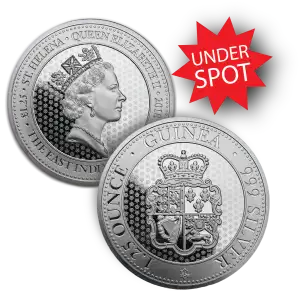
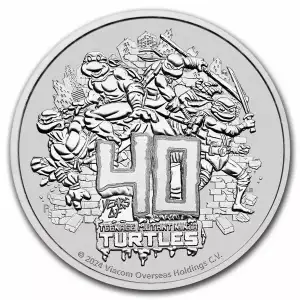
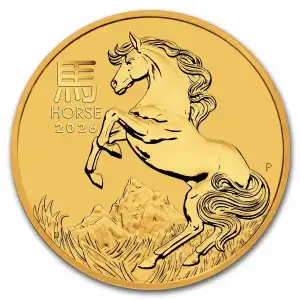
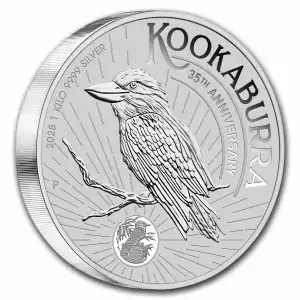
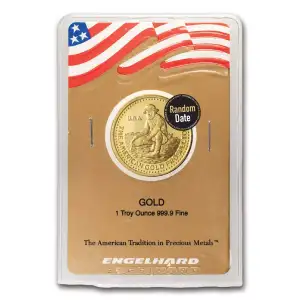
![2025 1oz Australian Perth Mint Silver Lunar Series III: Year of the Snake [DUPLICATE for #502132]](https://stoutgold.co/thumbs/2025-1oz-australian-perth-mint-silver-lunar-series-iii-year-of-the-snake-duplicate-for-502132-266361-small.jpg)
![2026 Australia 1 oz Silver Lunar Horse BU (Series III) [DUPLICATE for #510794]](https://stoutgold.co/thumbs/2026-australia-1-oz-silver-lunar-horse-bu-series-iii-duplicate-for-510794-266701-small.jpg)
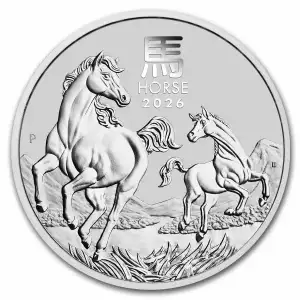
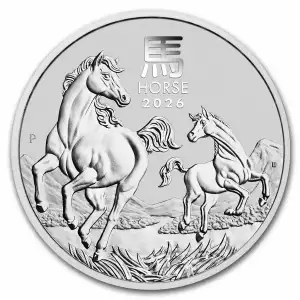
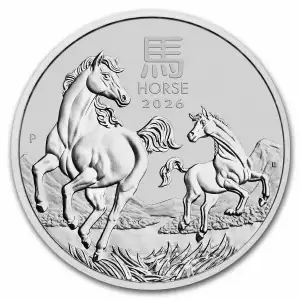
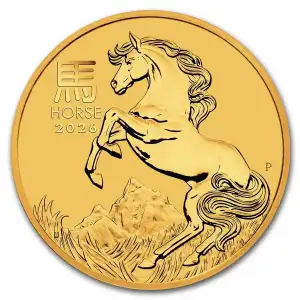
![2026 Australia 1 oz Gold Lunar Horse BU (Series III) [DUPLICATE for #510799]](https://stoutgold.co/thumbs/2026-australia-1-oz-gold-lunar-horse-bu-series-iii-duplicate-for-510799-266421-small.jpg)
